A threaded screw is also known as a stripped or rounded screw. When this happens, it causes delays and frustrations that most people would prefer to avoid. To help DIYers avoid this situation, we describe what a threaded screw is, how to remove threaded screws, and how to avoid them in the first place.
Table of Contents
What is a threaded screw?
How to remove a threaded screw in 17 different ways
How to avoid a stripped screw
What is a threaded screw?
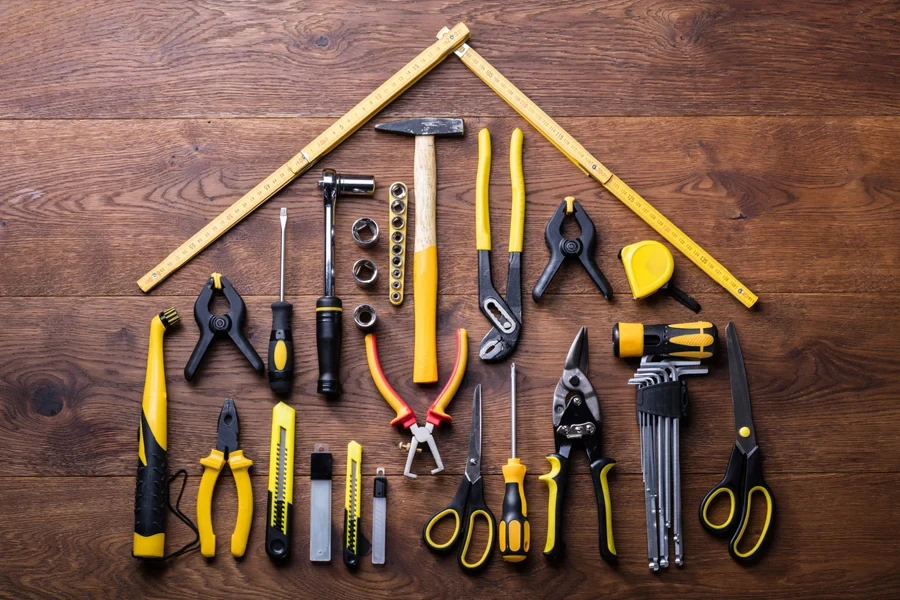
Rounded screws occur when the grooves in a screw lose their shape. When this happens, it is impossible to get a secure grip on the screw with a screwdriver for removal.
Why do screws get stripped?
Sometimes, people are in a hurry and use the closest screwdriver for removal. If it is the wrong size, it can damage the notches on the screw and strip it. Rusting, wear and tear, bad alignment, low quality, and tightening screws too much are the most common causes of threaded screws. Other causes of rounding are using old drill bits, improperly seating screws, or using ones that are too long for the purpose.
How to remove a threaded screw in 17 different ways
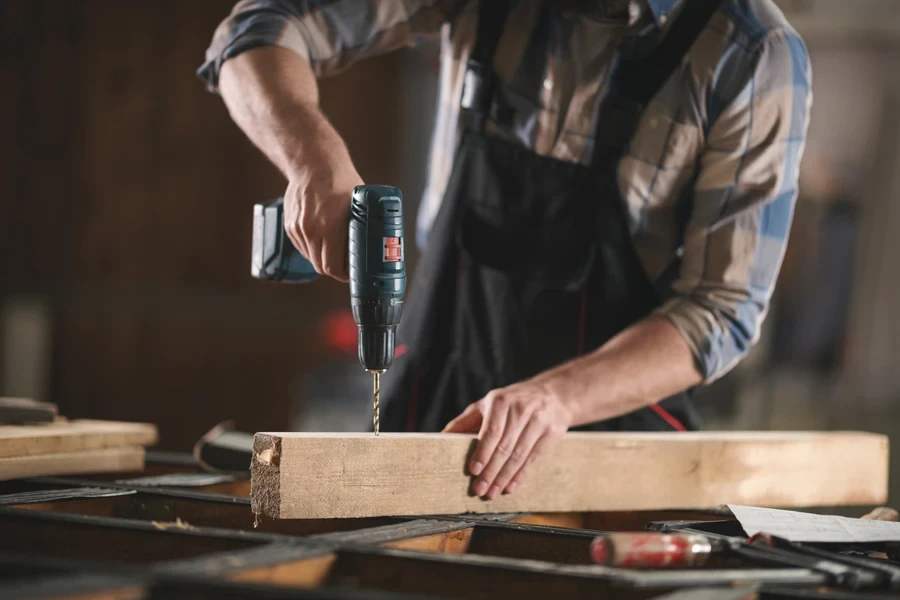
Screws are used to secure different materials like metal, plastic, and wood. If you discover a stripped screw, use discretion when removing it to avoid damaging or scratching the material.
1. Screw extractor
The best way to remove a threaded screw is to use a screw extractor kit. This tool is specifically designed to remove stripped screws, but you need the right size to match the damaged screw. Set your drill in reverse and use it to create a neat hole in the screw using one side of the screw extractor. Next, insert the drill into the hole in reverse mode to rotate the damaged screw out of its position using the other side of the screw extractor tool.
2. Screwdriver and hammer removal method
The metal head of a stuck screw is often quite soft and needs a bit of encouragement to work. Tap a screwdriver into the screw head with a hammer to create a groove before gently twisting it out.
3. Connect a drill to the stripped screw
If it is exposed, place the electric drill chuck over the threaded screw head. Tighten the jaws, set it in reverse, and lightly turn the screw out.
4. Drill into the top of the stripped screw
Try drilling a small hole into the screw head to provide a grip for screwdriver removal. Always be careful with delicate operations like this to avoid making the problem worse. Use the right size drill bit and one that is new for the best results.
5. Vice grips or pliers
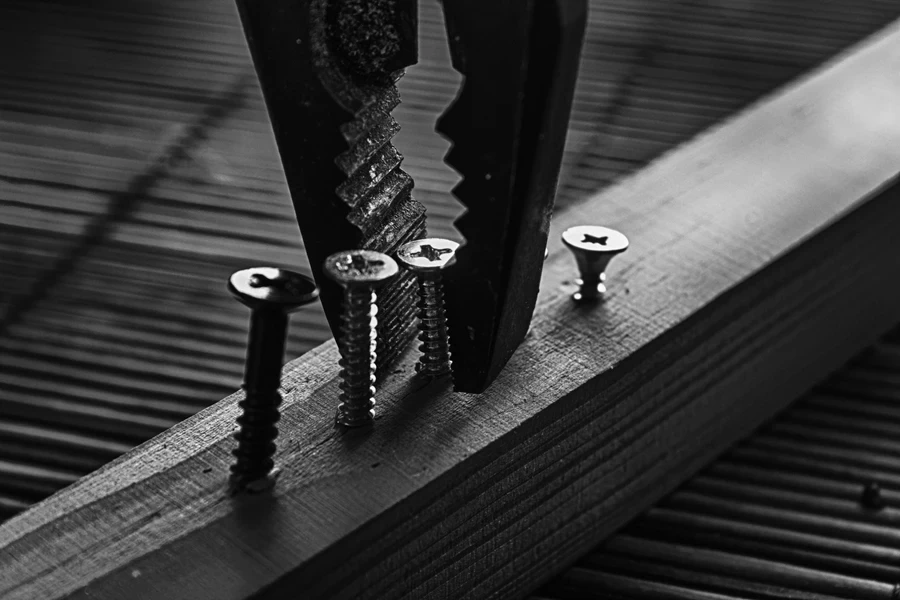
If the screw is above the surface level of the wood or metal, you may be able to use pliers or vice grips to remove it. Use a gentle turning motion for removal, and exercise care to not damage the surrounding area.
6. Left-handed drill bit
Fit a left-handed drill bit into the drill. Place the setting in reverse, then drill into the stripped screw head. If this doesn’t work, try a different technique.
7. A bigger screwdriver
If the screw still has some thread, using a bigger screwdriver may give you enough traction to remove the stripped screw. Insert the screwdriver and start rotating to see whether there is enough grip. This method is a great time saver if the screw grooves are not totally annihilated.
8. Rubber bands for better grip
If you have a wide rubber band, use this for more grip on the threaded screw. Place the rubber band over the screw head and push the screwdriver into this covering.
Gently apply pressure while rotating the screw. Avoid damaging the rubber band while turning, and hope for the best. You can use an abrasive powder or steel wool in place of rubber bands or something similar to help create a grip between the rounded screw and the screwdriver.
9. Flathead screwdriver
Try a flathead screwdriver to remove a crosshead or Phillips-head screw. Use a rubber band for more grip to create friction.
10. Oil removal method
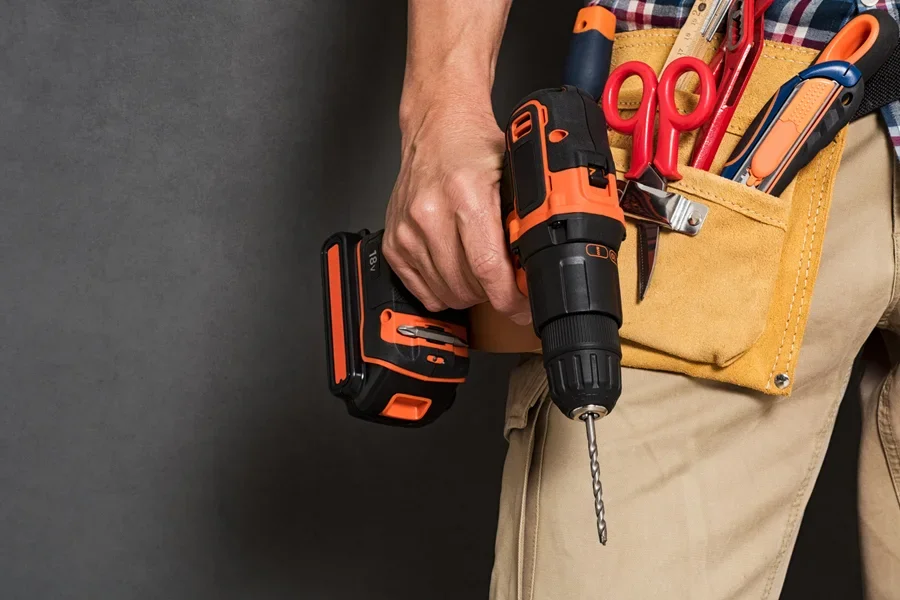
Applying an oil-penetrating product like WD-40 to the material in which the screw is stuck may help. After spraying or applying the oil around the screw, allow it to set before trying to remove it with a screwdriver. This method may give you that little bit of extra grip that you need to remove the threaded screw.
11. Apply heat
Heating the area around a bonded stripped head often simplifies its removal if stripped. Use a heat gun or similar equipment to heat the section. Allow it to cool, and then attempt removal with a screwdriver.
12. Anti Cam-Out Fluid
Apply some of this fluid to a rounded screw head to create friction for easier removal. This product is useful for removing screws that aren’t too badly damaged. It is even better to treat screw heads with this liquid abrasive to prevent stripping.
13. Weld a nut to the rounded screw
What method you use depends on what equipment is available when you need to remove a threaded screw. If you have the kit available, weld a nut to the screw head. This will give you the traction you need to remove it with a spanner or socket wrench.
14. Glue a nut to the threaded screw
Instead of welding, you can secure a nut to the screw head with glue. Once dry, use a spanner or a socket wrench to remove it.
15. Hammer and impact driver
Place the bit of a manual impact driver into the screw head and hit it gently with a hammer. This should push into the threaded screw, simultaneously rotating it in the direction you want. As it twists, it also loosens, allowing removal.
16. Rotary tool technique
Use a cutting disk on an electric rotary tool to cut a notch in the head of the stripped screw. Match this cut to the right-size flat screwdriver tip for a tight fit. Slot the screwdriver into the slit and rotate the screw until it is out.
17. Hacksaw method
If you don’t have a rotary tool and cutting disk, you can use a hacksaw with a sharp blade to cut a groove into the threaded screw for a good grip. This method will only work if the screw protrudes a little from the surface material.
How to avoid a stripped screw
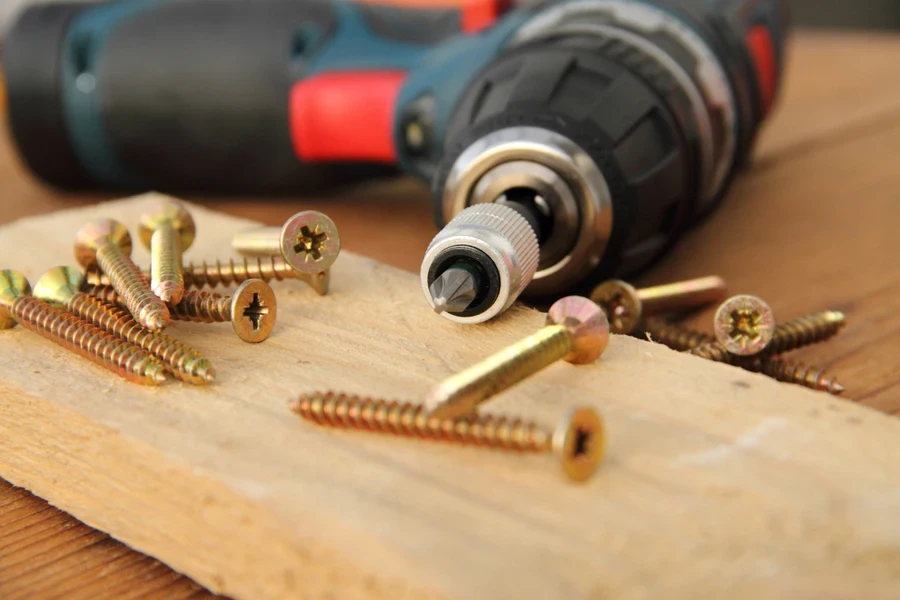
Taking steps to avoid stripped screws is preferable. Buy top-quality screws to work with in the first place, and always use the right screwdriver size with the right type of screw and material. Start by making a pilot hole for the screw, as this reduces resistance during insertion.
A manual screwdriver is often better than an electric drill because you have more control over the process. If you prefer using an electric drill, which most people do, be careful with how much pressure you use.
Chovm.com offers all types of handyman tools. You can browse for what you want by entering specific keywords, speaking with the manufacturers, and placing your orders for worldwide delivery.
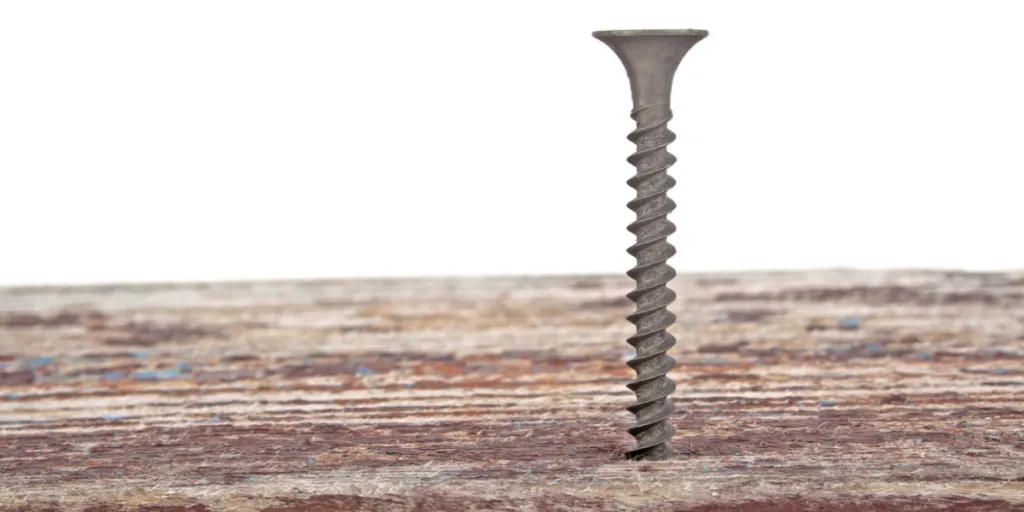




 Afrikaans
Afrikaans አማርኛ
አማርኛ العربية
العربية বাংলা
বাংলা Nederlands
Nederlands English
English Français
Français Deutsch
Deutsch हिन्दी
हिन्दी Bahasa Indonesia
Bahasa Indonesia Italiano
Italiano 日本語
日本語 한국어
한국어 Bahasa Melayu
Bahasa Melayu മലയാളം
മലയാളം پښتو
پښتو فارسی
فارسی Polski
Polski Português
Português Русский
Русский Español
Español Kiswahili
Kiswahili ไทย
ไทย Türkçe
Türkçe اردو
اردو Tiếng Việt
Tiếng Việt isiXhosa
isiXhosa Zulu
Zulu